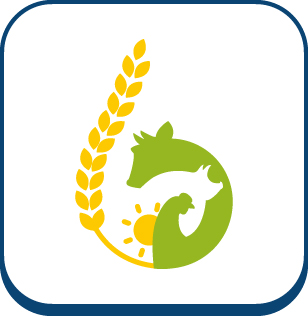Anaerobic digestion on the farm : cost effectiveness in pig farming
Ajouter à ma liste
Auteurs :
Levasseur P, Marcon M, Massabie P
This study compared economic simulations of an aerobic digestion project for a pig farm to evaluate the impact of three variables:1. Economy of scale through farm size, 100 and 500 sows (breeding-fattening).2. Use or non-use of heat for heating the farmer’s house, hot water supply and post-weaning sheds.3. The type of input used: liquid pig manure alone or combined with maize silage or combined with vegetable andedible fat waste.The scenarios tested show that for both farm sizes studied the use of an energy-producing culture process was not economically viable. It is thus probable that the development of energy recovery from livestock waste in France will not be based on such cultures. Concerning the use of heat energy, the possibilities explored here for its use in situ on the farm (besides the heat from the digester itself ) did not sufficiently improve profitability. Other ways to make use of the heat energy produced need to be sought so that income can be appreciably increased. Lastly, it appears that the use of sufficiently large amounts of organic waste of high methane-forming power is a necessary and sometimes sufficient condition to ensure that aerobic digestion projects are cost-effective.
Fiche technique
Titre :
Anaerobic digestion on the farm : cost effectiveness in pig farming
Date sortie / parution :
2007
Référence :
Techni Porc (Fra), 2007, Vol. 30, n° 5, septembre-octobre, p. 17-22









